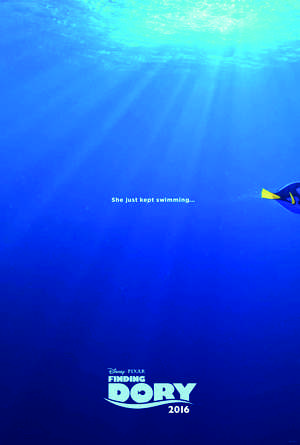![20130602_002248[1]](https://thehighlandernews.com/wp-content/uploads/2013/06/20130602_0022481-300x225.jpg) The club is very much alive as the roadies clear the opener’s setup from the stage. There are no screams or shouts, no drunk idiots trying to party as hard as they possibly can. The constant murmur is more reminiscent of a cafeteria than a nightclub. But the anticipation of the main act is ever prevalent.
The club is very much alive as the roadies clear the opener’s setup from the stage. There are no screams or shouts, no drunk idiots trying to party as hard as they possibly can. The constant murmur is more reminiscent of a cafeteria than a nightclub. But the anticipation of the main act is ever prevalent.
Mount Kimbie, an electronic duo from England, played at the Black Cat club in DC on June 1st. You might be wondering who they even are, as they aren’t really as much of a household name as Skrillex in electronic music. But they were still able to draw a sizeable crowd, packing the upstairs room of the Black Cat from wall to wall. The crowd was a mixture of obviously diehard fans, who pushed their way to the front of the crowd, and the local drag who had come in to have a nice time. There was no evidence of drug use or alcohol abuse, just a collection of people trying their best to get a good view of the low-set stage.
In the middle of the long, drawn out climax of the electronic dance music (EDM) movement, this scene is starting to emerge as an alternative. Rather than DJs playing long wearying sets of loud, poppy dance music, artists like Mount Kimbie play their songs like any band would, while applying the concept of a remix to their songs live, even singing, changing the whole structure of the song to make it both more interesting for the fans and more exciting for the others.
Their set up was by no means a DJ setup either. While they had the standard setup of samplers and controllers, even a laptop, they still had guitars, a synth, and live drums. This mix of new electronic equipment and standard band gear felt like a strong bridge between the indie/rock world and the EDM world. Their openers also demonstrated that mixture, one of them being an indie rock/psychadelic band name Vinyl Williams, and the other being a solo performer with a table cluttered with gear named Holy Other.
Even though their music is ambitious in its execution and its message, the overall beauty of the music is not lost on the crowd. The audience was very much enthralled by the show, dancing and writhing, but generally not knowing what to do. Some danced like it were a rock concert, swaying slowly back and forth, others jumped up and down and pumped their fists like a rave. A notable majority, however, craned their necks to see the stage, and the peculiar mixture of old and new equipment to try and understand what exactly they were listening to.
A set like this would not sell out stadium venues in the way dubstep and house DJs would. The fact that this group has acheived enough notoriety to sell out the Black Cat is astounding enough. But shows like these demonstrate that people are becoming used to the new methods of electronic music, even if they need a bit of old rock sound with it.







